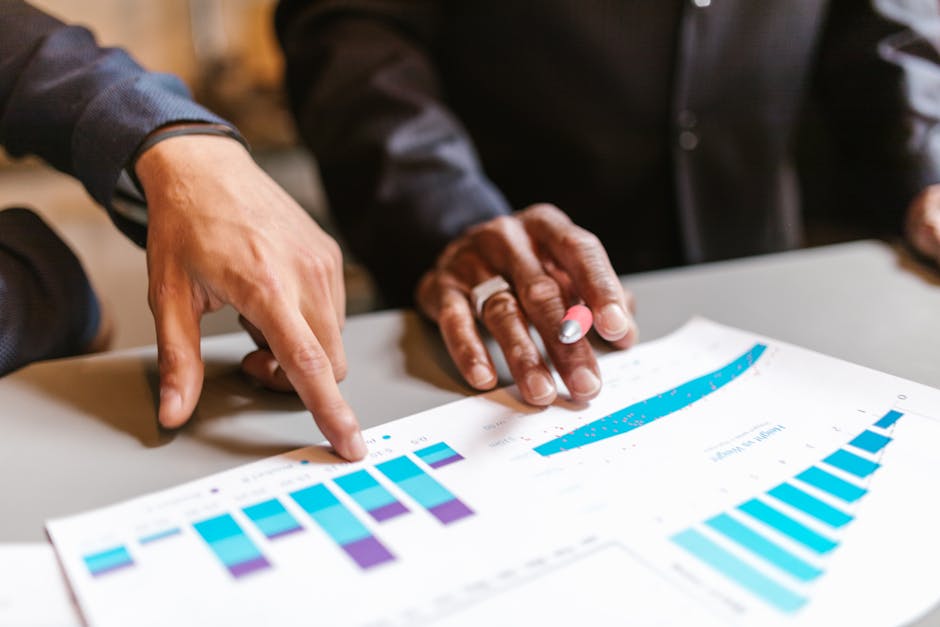Top On-Page SEO Techniques to Boost Your Rankings

Effective on-page SEO techniques are essential for enhancing your website's visibility and boosting search engine rankings. These techniques focus on optimizing individual web pages to rank higher and attract more relevant traffic. From keyword optimization to improving user experience, on-page SEO encompasses a wide array of strategies that can significantly impact your site's performance. This guide will explore key on-page SEO techniques that you can implement to improve your rankings.
Keyword Optimization
Keyword optimization remains a cornerstone of on-page SEO. Identifying the right keywords involves understanding what potential visitors are searching for and incorporating those terms naturally into your content. Tools like Google Keyword Planner and Ahrefs can help you find relevant keywords with high search volumes.
Once you have identified your target keywords, place them strategically throughout your content. This includes the title tag, meta description, headers, and within the body text. Avoid keyword stuffing, as search engines penalize sites that overuse keywords.
Using long-tail keywords can also be beneficial. These are more specific phrases that often have lower search volumes but higher conversion rates because they target users who are further along in the buying process. For example, instead of targeting "shoes," a long-tail keyword would be "men's running shoes size 10."
Content Quality
High-quality content is crucial for keeping visitors engaged and encouraging them to stay longer on your site. Search engines prioritize content that is informative, well-written, and relevant to the user's query. Ensure your content is original and provides value to the reader.
Incorporate multimedia elements like images, videos, and infographics to make your content more engaging. These elements can break up text and provide additional context or information. Remember to optimize images by using descriptive file names and alt tags.
Regularly updating your content is also important. Fresh content signals to search engines that your site is active and relevant. Update older posts with new information or repurpose them into different formats like videos or podcasts.
User Experience (UX)
User experience plays a significant role in on-page SEO. A well-designed website that is easy to navigate will keep visitors engaged longer, reducing bounce rates and increasing dwell time—both of which are positive signals to search engines.
Ensure your website is mobile-friendly since a significant portion of users access websites via mobile devices. Google’s Mobile-Friendly Test tool can help you determine how well your site performs on mobile devices. Responsive design ensures that your site looks good and functions well on all screen sizes.
Page load speed is another critical factor. Slow-loading pages frustrate users and lead to higher bounce rates. Tools like Google PageSpeed Insights can help you identify areas for improvement to enhance load times.
Internal Linking
Internal linking involves linking to other pages within your website. This helps search engines understand the structure of your site and discover new content. It also keeps users on your site longer by providing additional relevant information.
Create a logical linking structure where related pages are connected through hyperlinks. Use descriptive anchor text that gives users an idea of what they will find when they click the link. Avoid using generic terms like "click here."
An effective internal linking strategy not only improves navigation but also distributes page authority throughout your site, helping lower-ranked pages improve their visibility in search results.
| On-Page SEO Technique | Description |
|---|---|
| Keyword Optimization | Identifying and incorporating relevant keywords into various parts of your web page. |
| Content Quality | Creating original, valuable content that engages readers and provides useful information. |
| User Experience (UX) | Ensuring your website is mobile-friendly, fast-loading, and easy to navigate. |
| Internal Linking | Linking to other pages within your site to improve navigation and distribute page authority. |
The importance of on-page SEO cannot be overstated when it comes to improving search engine rankings and driving organic traffic to your website. By focusing on keyword optimization, creating high-quality content, enhancing user experience, and implementing an effective internal linking strategy, you can create a well-rounded approach that meets both user needs and search engine requirements.
Regularly reviewing and updating these techniques ensures that your site remains competitive in search rankings. Staying informed about the latest trends and best practices in SEO will help you adapt quickly to changes in search engine algorithms, maintaining and potentially improving your position over time.